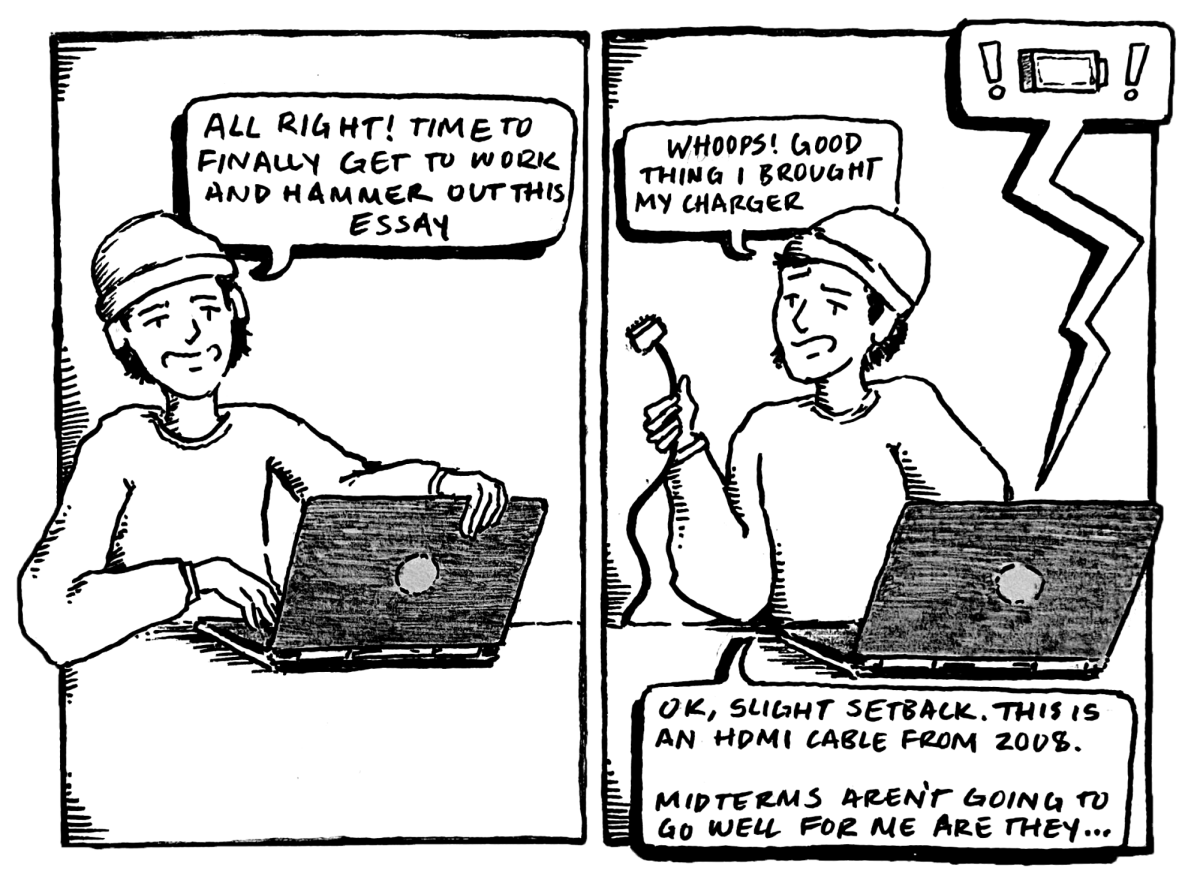My introduction to feminism started with the suffragettes, but was underlined with the history of my family. My grandmother, who I was very close with, was illiterate her entire life and was never afforded the privilege of education. My mother and father made sure to emphasize that the opportunities I had were the first of their kind for my family. These opportunities were the various educational resources I had access to, the best school districts, the best teachers, the best possible educational life. With the way things shake out in America, this meant continually attending predominantly white institutions.
As someone who has spent their entire educational life at variations of PWIs, I am no stranger to the centering of white narratives. History was focused on the white male participants, with the occasional helping hand from white women. On rare occasions, people of color were mentioned, but only during the Civil War or the Civil Rights Movement. But with the way class was structured, I was excited for the brief mentions of people I could vaguely relate to, such as Molly Pitcher or Susan B. Anthony. I created these connections purely on the basis of sharing gender identity with them and nothing else, and as a 10-year-old, they were examples of what I could achieve if I tried.
This didn’t mean that I wasn’t aware of the intersectionality of my identity. But it was certainly easier to ignore, rather than dealing with the emotional effects of being a woman of color at a PWI. This wouldn’t last very long, though, as after a while, people are forced to reckon with certain parts of their identity through outside actors.
I was lucky enough to be able to attend a private boarding school during my sophomore year, and though the school itself was an amazing educational institution, it forced me to deal with my identity. In my senior year, I was helping guys in theater get dressed in their room when someone asked me for help with their quick-changes. I agreed and helped them. The others joked after he left that he had a crush on me. One guy joked and asked me “if this was the new addition to my revolving door of men?” I had dated three men over the course of three years, including him. His roommate called me a “wannabe whore,” a sentiment he had never extended to my white counterparts, but felt free to use on me and other women of color. But men were not the only ones who insulted me, my femininity, or my virtue. In senior year, girls were in the common room, expressing fear over possibly not finding a prom date. I expressed to them that they didn’t need a date to go to prom, or that they could go with one of their fellow female friends. I used myself as an example and said, “I’m going to go alone, there’s nothing wrong with it.” One white girl in the room was quick to reply, “Well, yeah. You can do that, you’re just different. You can get away with it.”
These were the same women who I had shared plenty of conversations about feminism with, talking about slut-shaming at our school. But they had become an example of how “White women can oscillate between their gender and their race, between being the oppressed and the oppressor.”
These same women were willing to have the easy conversations about how being a woman affected their virtue, but were not willing to have conversations with the other women of color in the hall about how women of color were continually the second choice when it came to dating. Their feminism in action was easy to discuss and talk about and centered around simply being a woman, not how racial and sexual identity can complicate issues further.
At the end of my senior year, I was excited to go to Oberlin, especially because of its reputation as a progressive school. When I arrived, I was disappointed to find the same issue when it came to feminism here. Though now this is less of an issue because of my group of friends, I still notice the idolization of white female artists as the bastion of all feminism. I still notice difficulty and discomfort when it comes to discussing racism and sexism with white folks. I still find that conversations around women’s issues and issues of women of color tend to focus on also acknowledging that some men go through the same issue.
It is easier for white women to forget their identity from time to time. They aren’t continually aware of their presentation or how they come off in class or how they talk between friends. It’s easier to be a white feminist than it is to be a real feminist. Though white women go through problems and it’s important to acknowledge these problems, it’s imperative that white women learn how to acknowledge these problems without erasing other problems. It’s imperative that white women learn how to talk about their problems without centering them.
It’s hard to have these conversations; I am not saying that it’s easy or simple. However, problems in the world become increasingly defined by the intersectionality of gender and race. The point of college is to have these hard conversations, and the point of places like Oberlin, places known for progressivity, is to uplift these voices rather than erase them.


